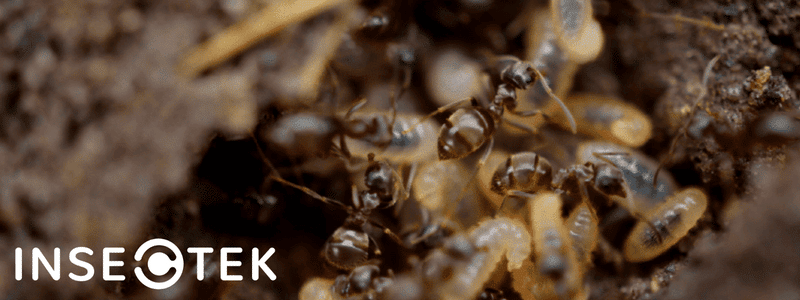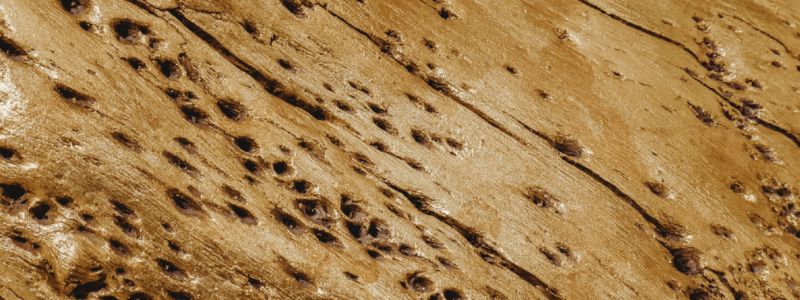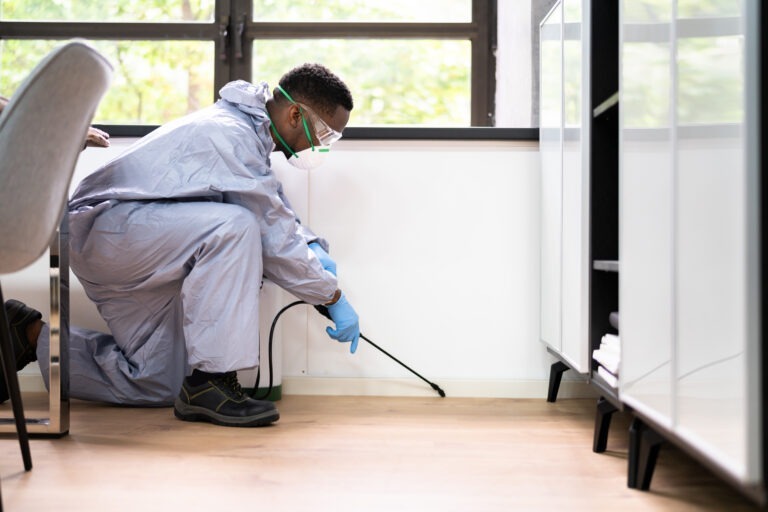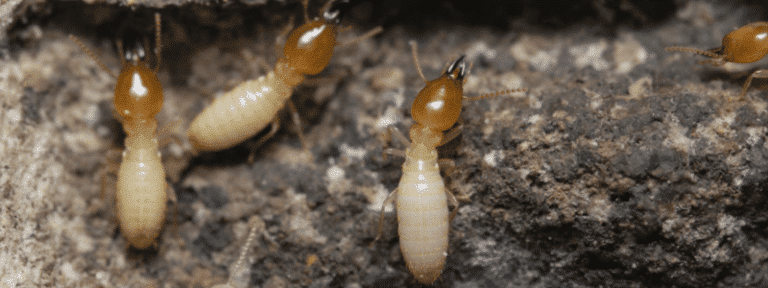While it’s no fun to deal with pest issues, the easiest way to avoid them long term is to learn the signs of these subterranean critters, including termite mud tubes and other nest components.
In this blog, we’ll look at the following:
- What are termite mud tubes?
- What do termite mud tubes look like?
- Damage caused by termite tubes
- How to prevent termites in your house
What are Termite Mud Tubes?
Otherwise known as termite tunnels or termite tubes, these off-putting structures are used to connect termite colonies in the soil to wherever they can find food above ground. The tubes themselves are made of soil, wood, and termite saliva and vary in structure and function based on their different purposes, including:
Working Tubes: Working tubes or utility tubes are the most commonly used in termite colonies; They transport thousands of termites back and forth between food sources and nests daily.
Exploratory Tubes: These thin and fragile tubes are easily visible on walls as they can sprawl up to 15 feet above the ground. These tubes only come from the soil and do not connect to wood, and are typically abandoned by the time you find them. Once you do find them, it’s time to consider professional pest control, as the termites have likely nested much deeper than your eyes can currently see.
Drop Tubes: Termite ‘drop tubes’ connect the ground and the wood portions of structures they are colonizing. Their purpose is to allow quick access to food sources and re-establish a connection between the ground and working tubes.
Swarm Tubes: Also known as swarm castles, these tubes are made by termite workers to create temporary structures during the time in which an infestation moves from soil to a structure.
Read More: Arizona’s Three Most Common and Destructive Types of Termites
These types of tubes (among others) will be indicators of a termite problem in your home and can also cause short as well as long-term damage.
What Do Termite Mud Tubes Look Like?

Termite mud tubes are typically ¼ to 1 inch in diameter, and will spread out like veins along walls, ceilings, or the foundation of your home. Their color and density are based on what type of tube they are and how active the infestation is, but they are always cause for concern.
Read more: What do Termites Look Like?
Once you have seen a mud tube in your home, it is likely you have a termite infestation and should seek professional termite control. Removing them with simple means is not enough, as termites will rebuild mud tubes quickly.
Damage Caused by Termite Tubes
In professional termite control, there is a saying: one termite won’t hurt your house, but it’s never just one termite. The same principle applies to mud tubes; a singular mud tube won’t typically cause overt damage if it was only there for a short period of time.
However, mud tubes will be moistened repeatedly by termites causing structural damage to your home, and they are the direct paths for armies of termites that can number in the hundreds, even thousands! Simply put, if there are unchecked termite mud tubes in your house, there is likely to be significant damage to your home in the future.
How to Prevent Termites in Your House

Because termite tubes and other signs of termites are often visible far after an infestation has started, it’s important to use the best termite prevention methods. Some of these include:
1. Keep lumber, wood, paper, and other debris away from your foundation. Termites are most commonly subterranean, which means you should avoid having points of contact between soil and wood in your home.
2. Seal gaps in your home. These include cracks around water and gas lines, settling cracks, or damaged siding on your house. Termites are very persistent and can fit through tiny spaces.
3. Keep plants and trees from leaning onto your home. Termites will use them as pathways to your home, and they also attract termites via moisture and shelter.
4. Check your external wood structures, such as fences, sheds, or posts, for rotted and infested wood. Catching a termite infestation because it makes it inside your home can save you thousands of dollars in the long run.
5. Get a regular pest control appraisal that includes termite inspections, and use professional termite control if you do run into issues.
Using these methods of termite prevention will go a long way for the safety of your family and home. Most DIY fixes will end up wasting your time and money and only delay having to turn to the pros, so if you do see a termite mud tube, reach out for help immediately.







